When delving into turkey farming, beginners need to have a clear plan. This blog introduction will guide you through the key elements of a Turkey Farming Business Plan. We’ll provide a simple and easy-to-follow breakdown of project reports, costs, and profit analysis. Whether you’re considering starting your turkey farm or just curious about the business, this beginner-friendly overview will set you on the right path to success in this lucrative industry.
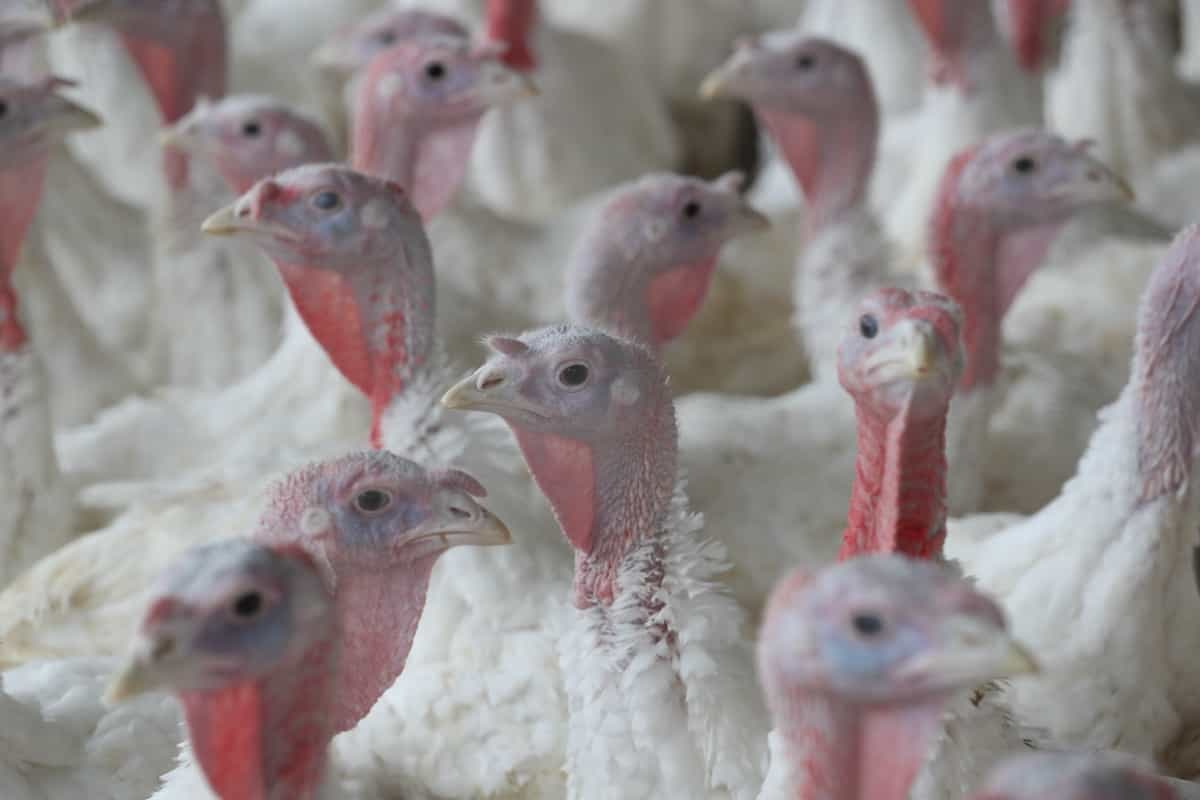
Turkey Farming Business Plan
Introduction to Turkey Farming Business
Turkey farming is a profitable business that involves raising turkeys for meat, eggs, or feathers. These domesticated birds, native to North America, have several characteristics that make them suitable for farming, including adaptability to different climates and environments, resistance to common poultry diseases and parasites, high feed conversion ratio, high reproductive rate, and high market demand, especially during festive seasons like Thanksgiving and Christmas.
To start a turkey farming business, factors such as the type of turkey, purpose of raising turkeys, scale of production, housing system, feeding system, health management, and marketing strategy must be considered. Turkey farming can be rewarding and lucrative, but it requires careful planning, management, and investment. Therefore, thorough research and consulting experts are recommended before venturing into this business.
Market Analysis and Demand for Turkey Products
Turkey is a rapidly growing market for various products, including pharmaceuticals and luxury goods. With a nominal GDP of 20th in the world and a young, dynamic population of 84 million, Turkey’s pharmaceutical industry is expected to reach $28.7 billion by 2023. The Turkish government implemented a policy to encourage local manufacturing and reduce trade deficits.
Turkey grows faster than broiler chickens and is popular for meat production. Turkey farming is more popular than egg production, and some people keep mature male turkeys as pets. Turkeys are larger than other poultry birds, making them suitable for commercial farming.
Benefits of Turkey Farming Business
Commercial turkey farming offers a lucrative income source, is easy to raise, and is a well-established industry. It can be done on vacant land or backyards, with a high return on investment. Turkeys are easy to care for, making them accessible for beginners. There’s no licensing required, making the startup process simpler.
Turkey’s products, particularly meat, are popular worldwide, providing a steady market demand. The business can also provide employment opportunities for educated individuals and offers scalability, with the ability to start on a small scale or apply for a bank loan.
Starting Turkey Farming Business
- Practical Learning: Begin by learning from existing turkey farms or attend short training programs to gain practical knowledge.
- Effective Business Plan: Craft a well-structured business plan, potentially with expert guidance, to ensure successful production.
- Location Selection: Choose a suitable location far from residential areas, with access to water, electricity, transportation, and a pollution-free environment.
- Turkey Breeds: Opt for modern turkey breeds designed for commercial meat production, like Broad-Breasted White, Standard Bronze, or White Holland.
- Housing and Fencing: Provide proper housing with essential facilities and sturdy fencing to protect the turkeys from predators. Adequate space and ventilation are critical.
- Feeding and Watering: Feed turkeys with high-protein diets for the initial weeks. Fresh water is essential. Chick starters with 28% protein and grower feed with 20% protein are ideal.
- Care and Management: Maintain a healthy environment, avoid contaminated or outdated food, and provide clean water. Regular care and vigilance are key.
- Disease Prevention: While turkeys are relatively robust, learn about common diseases and implement preventive measures.
- Marketing: Turkeys are typically market-ready within 12 to 20 weeks, and their products have good demand in the market.
In case you missed it: How to Start Organic Farming in Turkey: How to Start, A Step-By-Step Production Guide for Beginners
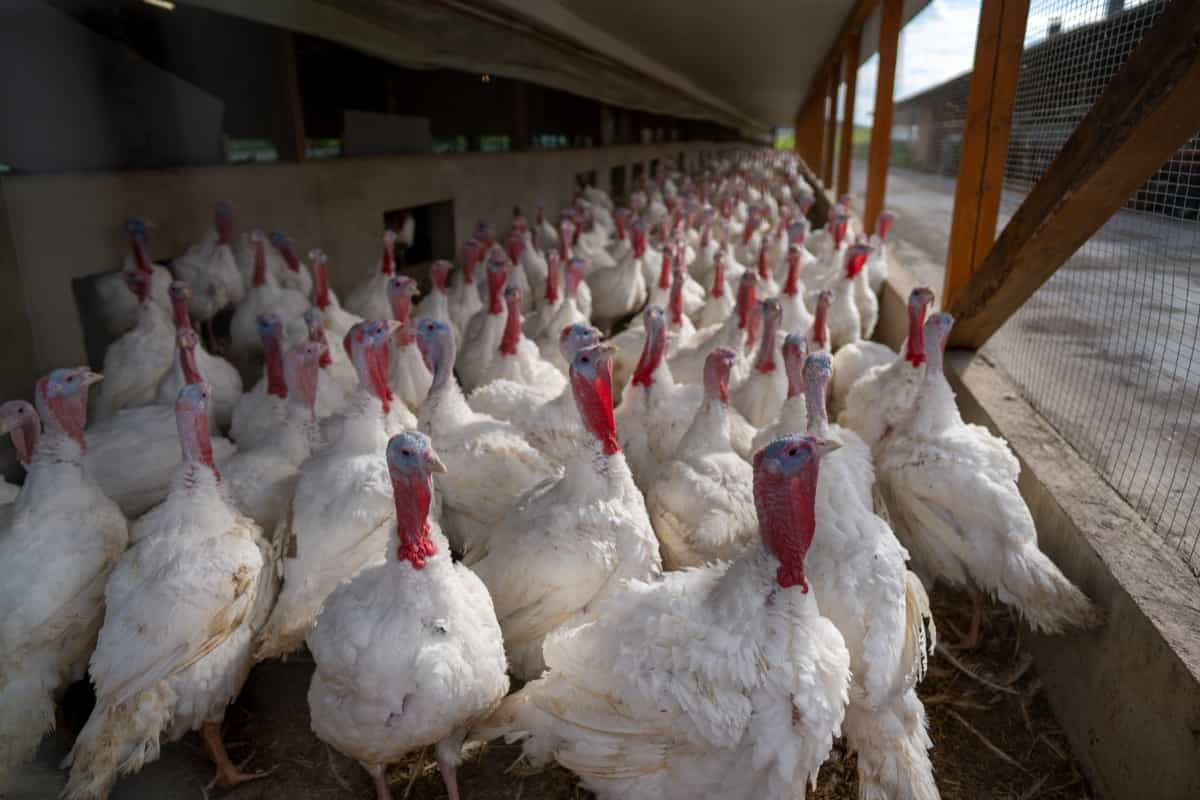
Turkey Breeds and Selection
Turkey breeds are domestic turkeys developed for various purposes, such as meat production, egg production, or ornamental value. There are over sixty countries reporting turkey breeds to the DAD-IS breed database of the Food and Agriculture Organization of the United Nations. Some of the most common turkey breeds include the Broad-Breasted White, Jersey Buff, Bourbon Red, Standard Bronze, Royal Palm, White Holland, Narragansett, Midget White, and Beltsville Small White.
The Broad-Breasted White is the most common type, mainly raised for meat production due to its large body size, fast growth rate, and white feathers. The Jersey Buff is a breed developed in the United States in the early 1800s, suitable for small-scale farming and backyard raising. The Bourbon Red breed originated from crossbreeding Bronze, Buff, and White Holland turkeys in Kentucky and Pennsylvania in the late 1800s, with reddish-brown feathers and white markings. The Broad-Breasted Bronze has largely replaced the Standard Bronze, one of the largest and oldest turkey breeds.
Infrastructure and Facilities Required for Turkey Farming
Turkey farming is a profitable agribusiness that involves raising turkeys for meat and egg production. To start a turkey farm, good infrastructure and facilities are required, including spacious, well-ventilated, predator-proof, and easy-to-clean housing. Turkeys can be raised in free-range or intensive systems, with deep litter systems preferred. Equipment for turkey farming includes feeders, waterers, nests, brooders, and waste disposal systems.
The feed should be nutritious, balanced, and palatable, containing extra protein, and can be supplemented with greens, grains, insects, and worms. Turkey’s health care involves preventing and treating diseases and parasites, such as fowl pox, coccidiosis, blackheads, and fowl mites. Turkeys should be vaccinated, dewormed, and kept in clean and sanitary conditions. Any sick or injured bird should be isolated and treated promptly.
Procurement of Turkey Chicks or Poults
To start a backyard turkey farming business, it is crucial to procure healthy and disease-free turkey chicks or poults from reputable sources. Contact institutes or farmers with experience breeding and hatching turkeys or order turkey poults from certified hatcheries or feed stores. It is essential to ask for their health status and vaccination records. Young turkeys under eight weeks old require special care and management, including warm, dry brooder space, adequate ventilation, and high-protein starter feed.
In case you missed it: Moringa as Feed for Livestock: Moringa Fodder Crop Yield Per Acre
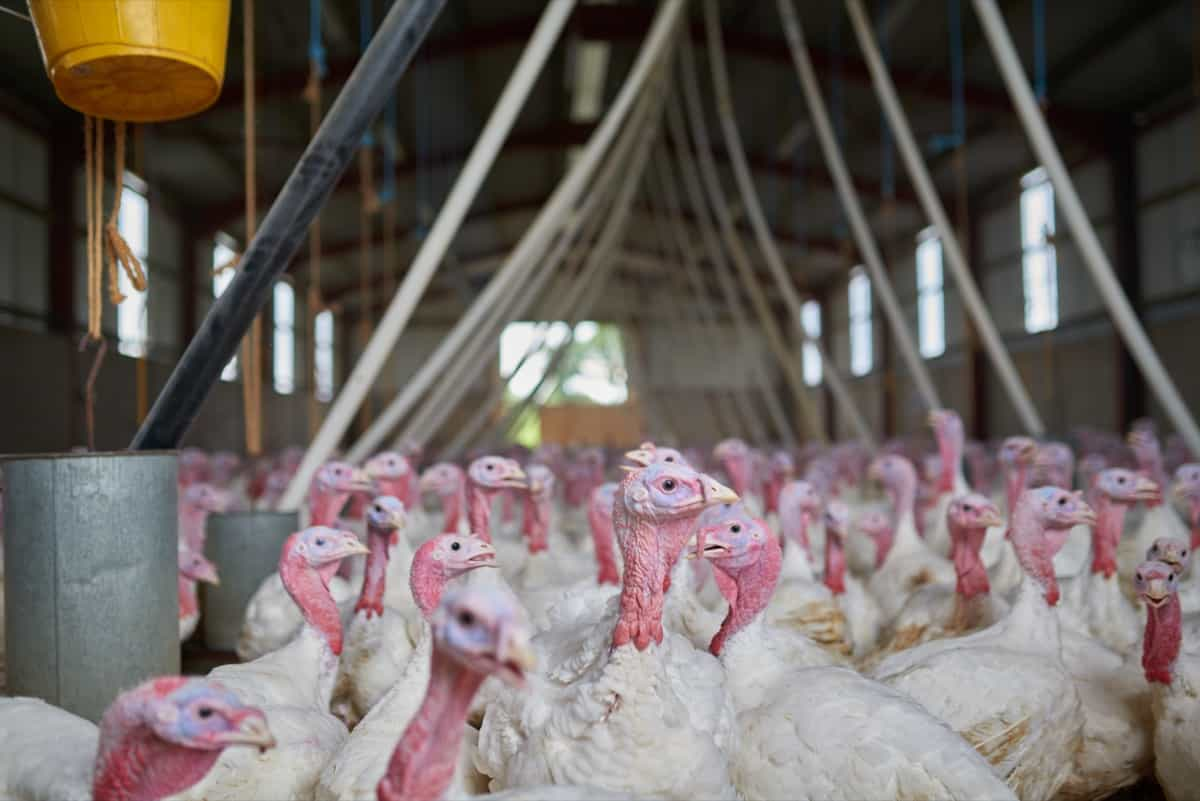
Clean water and regular check-ups are also crucial. Adding chicken chicks can help the turkey poults learn to eat and drink. Turkey chicks can grow quickly and reach market weight within 14 to 22 weeks, depending on breed and feed. They require space access to greens, grains, insects, and grit for their health. Turkeys are popular for their lean meat, but some breeds can produce eggs for consumption or hatching.
Feeding and Nutrition Management for Turkeys
Turkeys require a balanced diet to ensure optimal growth and health. A typical diet for turkeys consists of grains, soybean meal, vitamins, and minerals. The nutritional needs vary throughout their growth stages, from poults to adults. Proper feeding management ensures turkeys receive the right nutrients, promoting efficient growth and minimizing feed wastage. Key factors include protein content, energy levels, and essential amino acids in their diet. A well-structured feeding program is essential for maximizing profitability and maintaining the overall health of the flock.
Health and Disease Management in Turkey Farming
Common diseases like respiratory infections and coccidiosis can significantly impact flock performance. Preventive measures include strict biosecurity protocols, vaccination programs, and regular health checks. Some of the major challenges in turkey production are leg problems, cannibalism, disease outbreaks, and carcass condemnations.
To prevent these problems, farmers should follow best practices such as providing adequate space, nutrition, ventilation, litter quality, and biosecurity measures. Early disease detection and prompt treatment are vital to prevent widespread outbreaks. Effective disease management enhances turkey welfare and ensures a consistent production cycle, ultimately safeguarding the profitability of the turkey farming business.
Breeding and Reproduction in Turkey Farming
Breeding and reproduction are fundamental in sustaining a turkey farming operation. Selecting healthy breeding stock is crucial to produce quality poults. Turkey’s breeding requires a controlled environment and careful monitoring of breeding ratios. Farmers should also monitor the health status of their flocks and cull or treat sick or injured birds promptly.
Additionally, farmers should use appropriate breeds and strains suited to their production system and environment. Artificial insemination is commonly employed for precise breeding. Proper nesting and incubation conditions are vital for successful hatching. Managing the reproductive aspects of turkey farming ensures a steady supply of poults, contributing to the long-term success of the business.
Growth and Development of Turkeys
Turkeys undergo distinct growth phases, from poults to market-ready birds. Managing factors like nutrition, environment, and health during each phase directly impacts growth rates and feed efficiency. Turkeys are domesticated birds raised for meat, eggs, and feathers. They have a complex growth and development process that includes several stages.
In case you missed it: How to Manage Chicken Feed Costs: Economic Strategies for Nutritious Poultry Diets
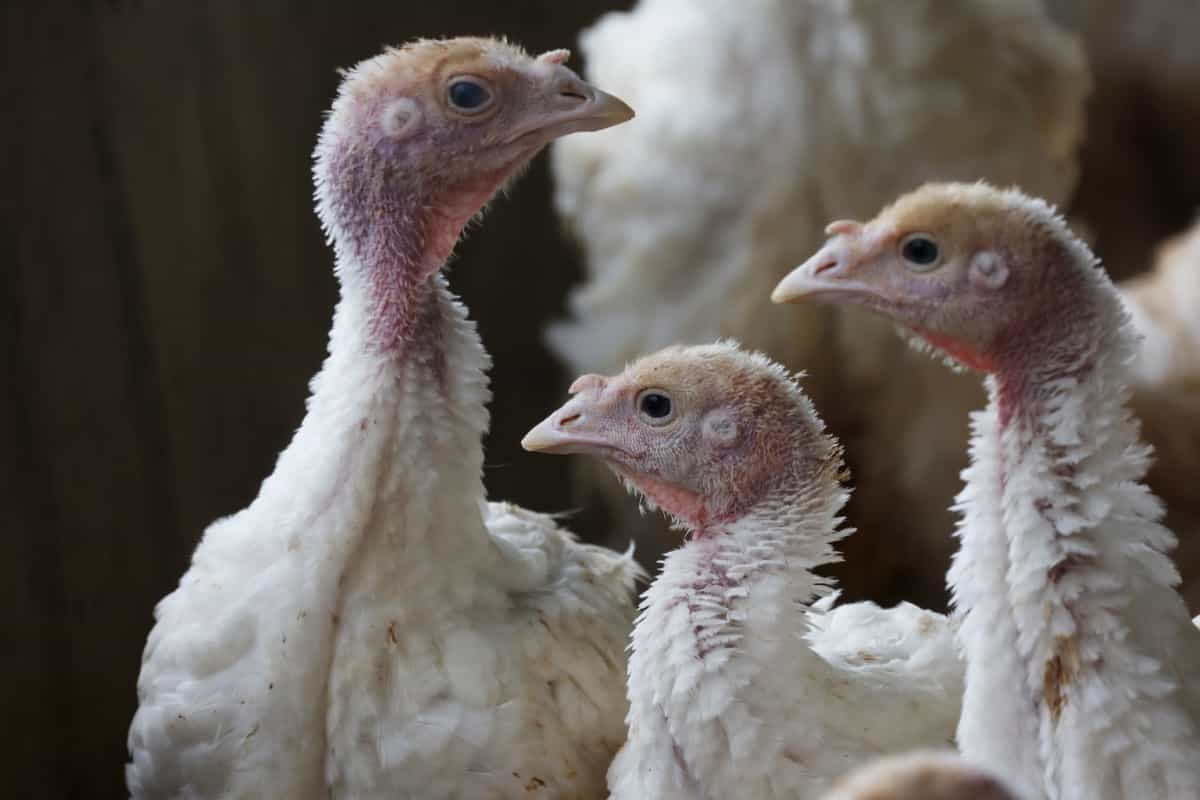
The first stage is the incubation period, which lasts 28 days and involves a controlled environment with optimal temperature and humidity. The second stage is the hatching period, which lasts 24 hours and involves the chicks breaking out of shells using a special egg tooth. The third stage is the brooding period, which lasts six weeks and involves a high-protein diet, water, grit, vaccinations, and protection from predators and parasites.
The fourth stage is the growing period, which lasts 12 to 16 weeks and involves the turkeys being moved to larger pens or pastures. The fifth stage is the finishing period, which lasts four to eight weeks and involves the turkeys being prepared for slaughter, weighed, graded, and packaged.
Marketing and Distribution of Turkey Products
Turkey products are a popular choice for consumers seeking a lean and tasty protein source. However, marketing and distributing turkey products can be challenging due to high standards of quality and safety. To succeed, it is essential to know your target market, highlight the benefits of turkey products, provide clear and honest information about the origin, processing, and ingredients, and comply with relevant regulations and standards.
Building trust and loyalty is crucial, as marketing and distribution involve a long-term relationship with customers. Establishing partnerships with other supply chain companies, responding to customer feedback, offering incentives for repeat business, and providing consistent and dependable service are all ways to achieve this. By doing so, you can ensure that turkey products are sold to the right customers.
Know your target market. Different segments of consumers may have different preferences and needs for turkey products. For example, some may prefer organic, free-range, or halal options, while others may be more interested in convenience, price, or variety. Research your potential customers and tailor your marketing messages accordingly.
Highlight the benefits of turkey products. Turkey products have many advantages over other types of meat, such as low fat, high protein, rich flavor, and versatility. You can use these benefits to create appealing slogans, logos, packaging, and advertisements that showcase the value of turkey products.
Provide clear and honest information. Consumers want to know where their food comes from, how it is processed, and what ingredients are used. You should provide accurate and transparent information on your labels, websites, social media, and other channels. You should also comply with the relevant regulations and standards for food safety and quality.
Build trust and loyalty. Marketing and distributing turkey products is not a one-time transaction but a long-term relationship with your customers. You should strive to deliver consistent and reliable service, respond to feedback and complaints, and offer incentives and rewards for repeat purchases. You should also seek to establish partnerships with other businesses in the supply chain, such as farmers, processors, retailers, and distributors.
In case you missed it: Biosecurity Measures in Poultry: Effective Strategies for Disease Prevention
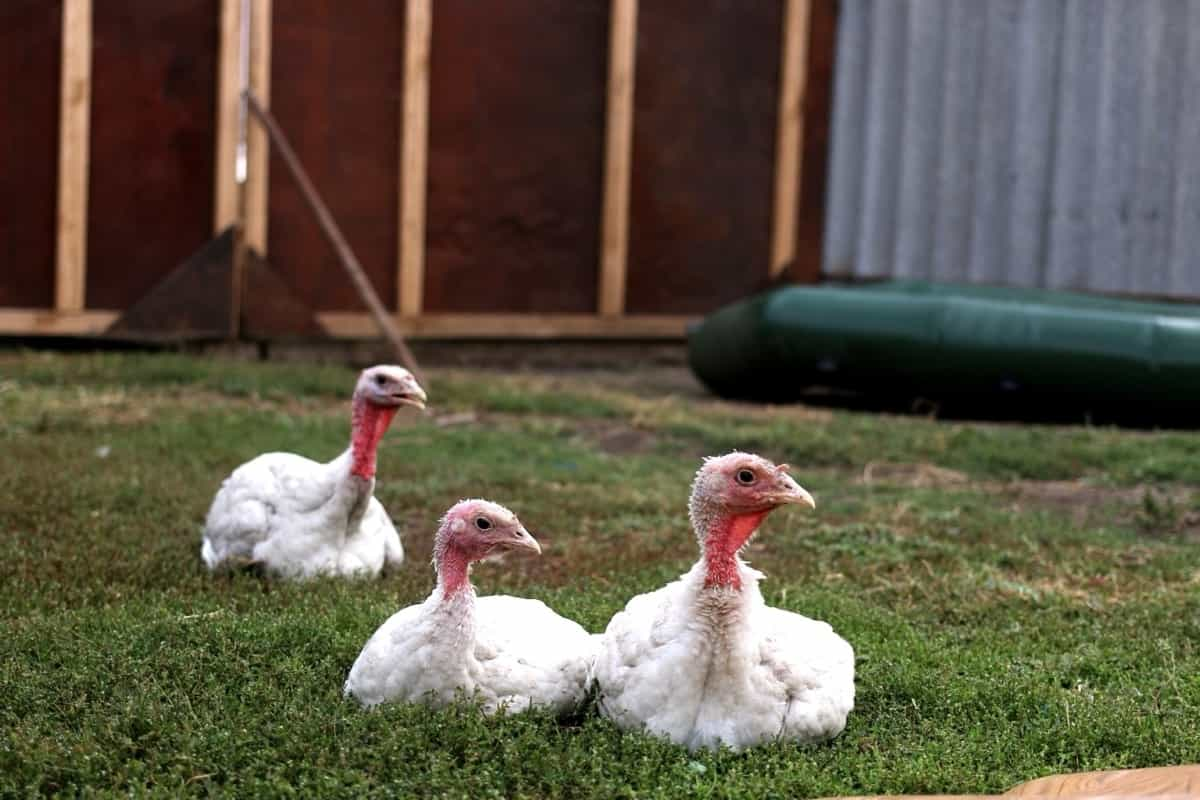
Financial Planning and Cost Analysis for Turkey Farming
Turkey farming is a profitable business that offers a steady income and protein source. However, it requires careful planning and analysis of costs. Variable costs, such as feed, medication, and heating, account for 89.3%. Fixed costs, such as land, buildings, and equipment, account for 10.7%. Revenue generated from selling turkeys or their products depends on market price, product quality, and demand and supply factors.
However, it requires proper planning and cost analysis to cover expenses such as feed, housing, health care, and marketing. Factors affecting profitability include choosing the right breed of turkeys, starting with a small flock, reducing feed costs by using locally available ingredients or growing your crops, providing a well-ventilated, predator-proof housing system, and following a regular vaccination and deworming schedule. Additionally, promoting turkey products through various channels and setting a fair price that covers production costs and provides a reasonable profit margin is essential.
Profitability and Return on Investment in Turkey Farming
The profitability of turkey farming is contingent on factors like scale, management, and market conditions. Small-scale turkey farms can yield annual profits ranging from $2,000 to $5,000, while larger operations may generate significantly more. The return on investment (ROI) typically varies between 15% and 30%, with efficient management playing a role.
Risk Assessment and Management in Turkey Farming
Risk assessment in turkey farming encompasses disease outbreaks, market fluctuations, and environmental challenges. To mitigate these risks, it’s essential to implement biosecurity measures, diversify market channels, and maintain emergency funds. The average annual loss due to unforeseen events range from 6% to 12% of the total investment, underscoring the importance of proactive risk management strategies.
In case you missed it: Innovations in Poultry Farming: Technology and Automation
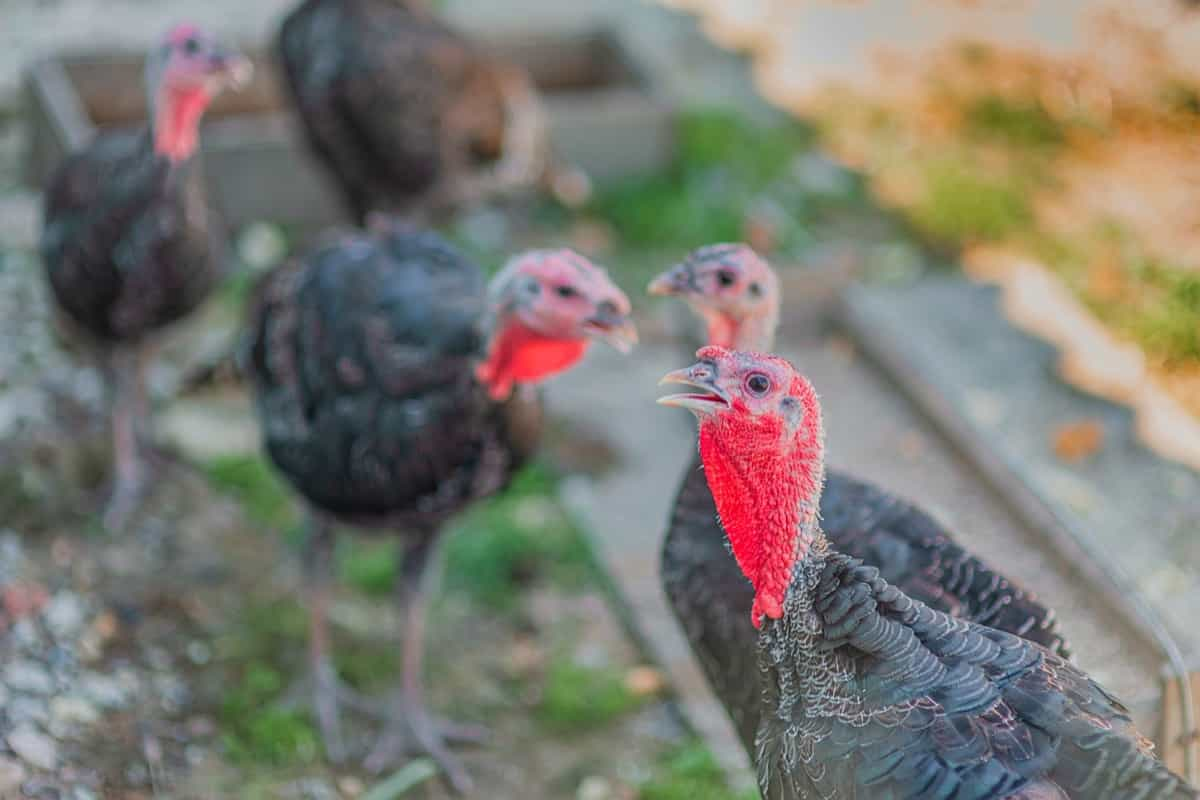
Conclusion
The Turkey Farming Business Plan offers promising opportunities. This venture demands meticulous planning, sound financial management, and a keen focus on health and disease prevention. With proper execution, turkey farming can be a profitable endeavor, delivering favorable returns on investment. Success lies in combining efficient management practices with a commitment to providing nutritious and marketable products, ensuring long-term sustainability.
- Goat Farming Technology: The Future of Goat Husbandry
- How to Build a Low-budget Goat Shed: Cheap Ideas and Tips
- Goat Farming Training Programs in India: A Beginner’s Guide
- Types of Pesticides Used in Agriculture: A Beginner’s Guide
- Economical Aquaculture: A Guide to Low-Budget Fish Farming
- 15 Common Planting Errors That Can Doom Your Fruit Trees
- How to Make Houseplants Bushy: Effective Tips and Ideas
- Innovative Strategies for Boosting Coconut Pollination and Yield
- Pollination Strategies for Maximum Pumpkin Yield
- The Complete Guide to Chicken Fattening: Strategies for Maximum Growth
- Natural Solutions for Tulip Problems: 100% Effective Remedies for Leaf and Bulb-Related Issues
- Revolutionizing Citrus Preservation: Towards a Healthier, Greener Future
- Natural Solutions for Peony Leaf and Flower Problems: 100% Effective Remedies
- Maximizing Profits with Avocado Contract Farming in India: A Comprehensive Guide
- Natural Solutions for Hydrangea Problems: 100% Effective Remedies for Leaf and Flowers
- The Ultimate Guide to Choosing the Perfect Foliage Friend: Bringing Life Indoors
- From Sunlight to Sustainability: 15 Ways to Use Solar Technology in Agriculture
- The Ultimate Guide to Dong Tao Chicken: Exploring from History to Raising
- The Eco-Friendly Makeover: How to Convert Your Unused Swimming Pool into a Fish Pond
- Mastering the Art of Delaware Chicken Farming: Essentials for Healthy Backyard Flocks
- 20 Best Homemade Fertilizers for Money Plant: DIY Recipes and Application Methods
- How to Craft a Comprehensive Free-Range Chicken Farming Business Plan
- Brighten Your Flock: Raising Easter Egger Chickens for Beauty and Bounty
- How to Optimize Your Poultry Egg Farm Business Plan with These Strategies
- Subsidy for Spirulina Cultivation: How Indian Government Schemes Encouraging Spirulina Farmers
- Ultimate Guide to Raising Dominique Chickens: Breeding, Feeding, Egg-Production, and Care
- Mastering the Art of Raising Jersey Giant Chickens: Care, Feeding, and More
- Ultimate Guide to Raising Legbar Chickens: Breeding, Farming Practices, Diet, Egg-Production
- How to Raise Welsummer Chickens: A Comprehensive Guide for Beginners
- How to Protect Indoor Plants in Winter: A Comprehensive Guide
- Ultimate Guide to Grow Bag Gardening: Tips, Tricks, and Planting Ideas for Urban Gardeners
- Guide to Lotus Cultivation: How to Propagate, Plant, Grow, Care, Cost, and Profit
- Agriculture Drone Subsidy Scheme: Government Kisan Subsidy, License, and How to Apply Online
- Ultimate Guide to Raising Araucana Chickens: Breed Profile, Farming Economics, Diet, and Care
- Bringing Hydroponics to Classroom: Importance, Benefits of Learning for School Students
- Ultimate Guide to Raising Polish Chickens: Breed Profile, Farming Economics, Diet, and Care